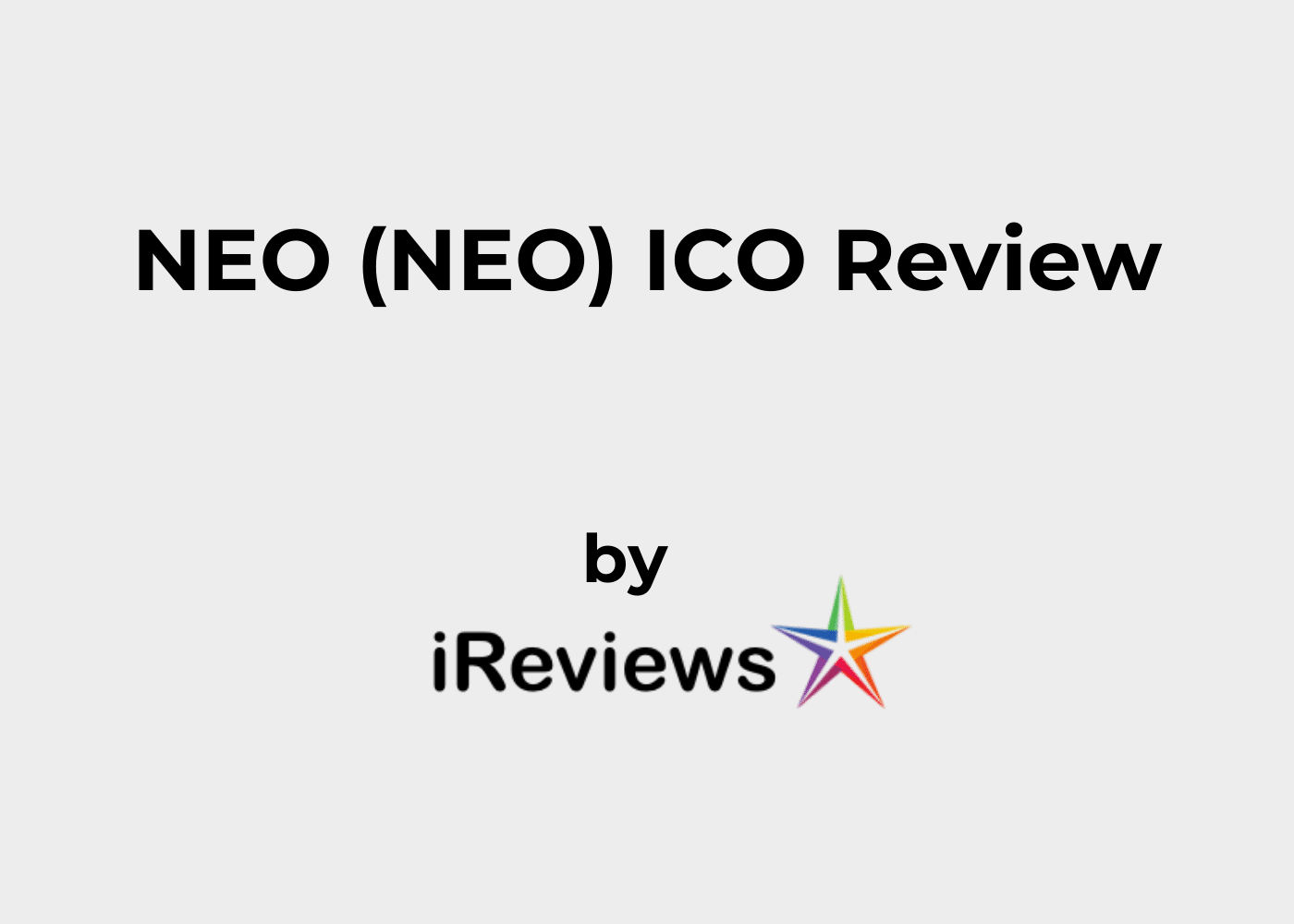The cryptocurrency market is booming. Initial coin offering (ICO) news changes every day, and Bitcoin recently created a few millionaires with its all-time high jump. NEO is the eighth largest cryptocurrency, with a global market cap of $1.5 billion.
You may remember it as “Antshares.” It’s dubbed as the “Ethereum of China.” The coin rose sharply after its ICO, rebrand, and heavy marketing efforts in late 2016.
Technology / Theory (the Whitepaper)
Unlike the other cryptocurrencies we’ve looked at, NEO doesn’t use Proof of Work (PoW) or Proof of Stake. NEO uses a consensus mechanism called delegated Byzantine Fault Tolerant (dBFT), which separates nodes into two categories. The network delegates the bookkeeping nodes, which earn a deflationary cryptocurrency called GAS through the block reward. The other node type, users of the network, can earn GAS by holding NEO in a wallet, similar to staking.
The ICO, which started on August 8th, 2016, is now over a year old, though the cryptocurrency proved its worth in the global market as a Top 10 coin. Like Ethereum, NEO is a decentralized smart contract network. Smart contracts are basically if-then statements that carry out rules without needing a third party. The network can hold atomic swaps, decentralized exchanges, on-chain governance through token holders, and off-chain governance through the NEO council. The NEO council includes the founding members of the project.
You can read the whitepaper more in-depth here.
Supply
The NEO ICO raised 6119.53 BTC during the ICO’s open enrollment period in 2016. 100 million NEO tokens were created; 50 million went to the crowdfund, and the other 50 million went to the NEO council. NEO council tokens will unlock on October 16, 2017.
Token distribution – When and How
The NEO network claims 15-20 second block times, but the number is a little higher than that on average with 8 GAS distributed as a block reward. All GAS distribution will occur over 22 years with a deflationary curve. NEO averages around 4,000 transactions per day, while Ethereum averages around 300,000 transactions per day.
While China announced the ICO ban on September 4th, NEO released a statement promising “investors sustainable development under existing laws and regulations.” Bitfinex listed NEO on its open exchange a few days later, on September 7th. This increased the legitimacy of the coin, improved visibility, and boosted liquidity for speculators who invested in the ICO.
On September 29th, CoinNest listed NEO with a South Korean Won (KRW) pair.
Team
Da Hongfei and Erik Zhang founded NEO. Da Hongfei says NEO is the non-profit part of the equation, which is community driven and funded. On the other hand, Onchain, which is a legal entity that provides Blockchain solutions and services based on distributed network architecture, is for-profit and VC-backed. The two technologies share open-source software, ecosystem and developers, and NEOX, which is a cross-chain protocol.
Closing Thoughts
There is definitely a lot to watch over the next few months, like NEO’s involvement with other mechanisms. Red Pulse is an event-driven Chinese market research company. The company is building a research-sharing platform that runs on the 2.0 smart contract platform. The Shanghai-based company will be the first ICO to run using NEO. Red Pulse’s platform will allow users to use digital currency to reward analysts and contributors on the platform directly with a new token called Red Pulse Token ($RPX).
NEO is also being used as part of the first Blockchain smart fund. Like Red Pulse, NEST is built on the cryptocurrency’s smart contracts platform. The fund aims to eliminate the high thresholds, high risks, inefficiencies, and moral hazards often associated with traditional fund intermediaries.
Overall, like all cryptocurrencies, we don’t think it hurts to look more into NEO and decide whether it’s a smart investment decision for you. We’re betting on it booming over the next few years.
Interested in more ICO reviews? Check out our take on Zcash and McAfee Coin. Looking for the right cryptocurrency exchange to trade on? Check out our comparison of some of the most popular exchanges, including Coinbase, Bitfinex, and Gemini. Check iReviews often for the latest disruptive developments in the world of cryptocurrencies.
Sources: NEO, Brave New Coin, Coin Telegraph
























